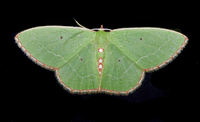
| Recorded by: G. Newman on 2025-11-17
Onslow Co.
Comment: | 
| Recorded by: Jim Petranka on 2025-11-05
Madison Co.
Comment: |

| Recorded by: S. L. Reeves, Lior S. Carlson, Dean Furbish, John F. Jarvis on 2025-11-05
Orange Co.
Comment: | 
| Recorded by: Marilyn Westph@ret.unca.edu on 2025-10-18
Henderson Co.
Comment: |

| Recorded by: Jim Petranka, Mark Basinger and Becky Elkin on 2025-10-17
Madison Co.
Comment: | 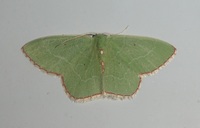
| Recorded by: Simpson Eason on 2025-10-16
Durham Co.
Comment: |
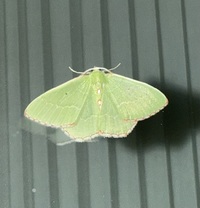
| Recorded by: Marilyn Westphal on 2025-10-14
Henderson Co.
Comment: | 
| Recorded by: Jim Petranka on 2025-10-12
Madison Co.
Comment: |

| Recorded by: Jim Petranka on 2025-10-06
Madison Co.
Comment: | 
| Recorded by: Mark Basinger on 2025-10-04
Rowan Co.
Comment: |
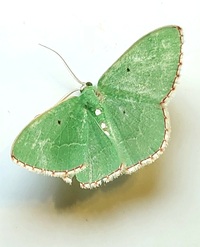
| Recorded by: Mark Basinger on 2025-09-28
Brunswick Co.
Comment: | 
| Recorded by: R. Newman on 2025-09-22
Carteret Co.
Comment: |

| Recorded by: R. Newman on 2025-07-28
Carteret Co.
Comment: | 
| Recorded by: David George, Jeff Niznik, Rob Van Epps, Kevin Metcalf on 2025-07-20
Richmond Co.
Comment: |

| Recorded by: Mark Basinger on 2025-07-08
Brunswick Co.
Comment: | 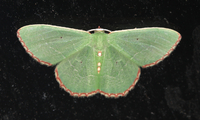
| Recorded by: Jim Petranka, Mark Basinger and Becky Elkin on 2025-06-29
Richmond Co.
Comment: |
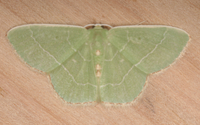
| Recorded by: Jim Petranka, Mark Basinger and Becky Elkin on 2025-06-28
Moore Co.
Comment: | 
| Recorded by: K. Bischof on 2025-05-26
Transylvania Co.
Comment: |

| Recorded by: David George, Jeff Niznik on 2025-05-24
Richmond Co.
Comment: | 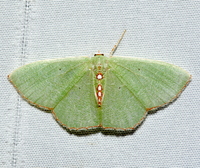
| Recorded by: David George, Jeff Niznik on 2025-05-09
Cumberland Co.
Comment: |

| Recorded by: Mark Basinger on 2025-05-03
Brunswick Co.
Comment: | 
| Recorded by: Mark Basinger on 2025-04-29
Wilson Co.
Comment: |

| Recorded by: Mark Basinger and Miles Buddy on 2025-04-26
Brunswick Co.
Comment: | 
| Recorded by: Mark Basinger on 2025-04-25
Columbus Co.
Comment: |

| Recorded by: R. Newman on 2025-04-23
Carteret Co.
Comment: | 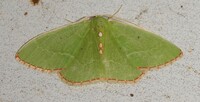
| Recorded by: Simpson Eason on 2025-04-21
Durham Co.
Comment: |

| Recorded by: Mark Basinger on 2025-04-19
Brunswick Co.
Comment: | 
| Recorded by: Mark Basinger on 2025-04-18
Wilson Co.
Comment: |

| Recorded by: Jim Petranka, John Petranka and Becky Elkin on 2025-04-14
Bladen Co.
Comment: | 
| Recorded by: R. Newman on 2025-03-27
Carteret Co.
Comment: |
|

 »
»
